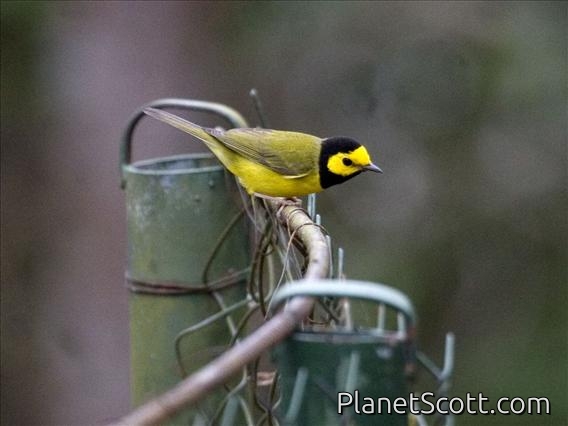Hooded Warbler (Setophaga citrina)

Hooded Warbler (Wilsonia citrina) - Male
×


Hooded Warbler (Wilsonia citrina) - Male
About Hooded Warbler (Setophaga citrina)
- Kingdom: Animals
- Phylum: Chordates
- Class: Birds
- Order: Perching Birds
- Family: New World Warblers
The hooded warbler is a New World warbler. It breeds in eastern North America across the eastern United States and into southernmost Canada (Ontario). It is migratory, wintering in Central America and the West Indies. Hooded warblers are very rare vagrants to western Europe.
Source: Wikipedia
Visits
-
2007-01-14
Brussel Sprout Field, United States of America -
2007-10-11
La Mancha, Mexico -
2009-01-14
Cozumel, Mexico -
2009-01-24
Bullet Tree Falls, Belize -
2009-02-06
Copan, Honduras -
2013-04-17
Brazoria, United States of America -
2013-04-19
Bolivar Peninsula, United States of America



